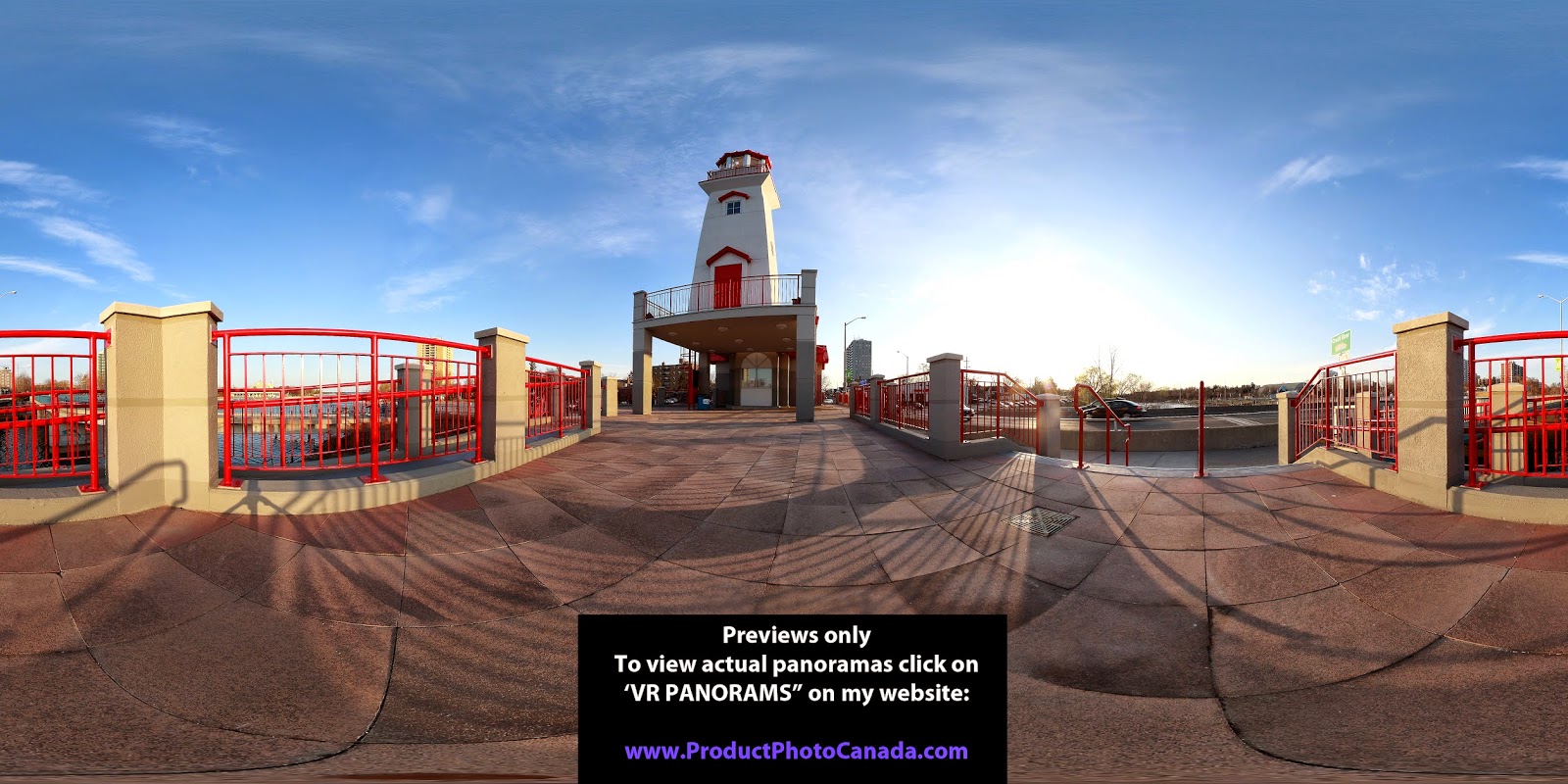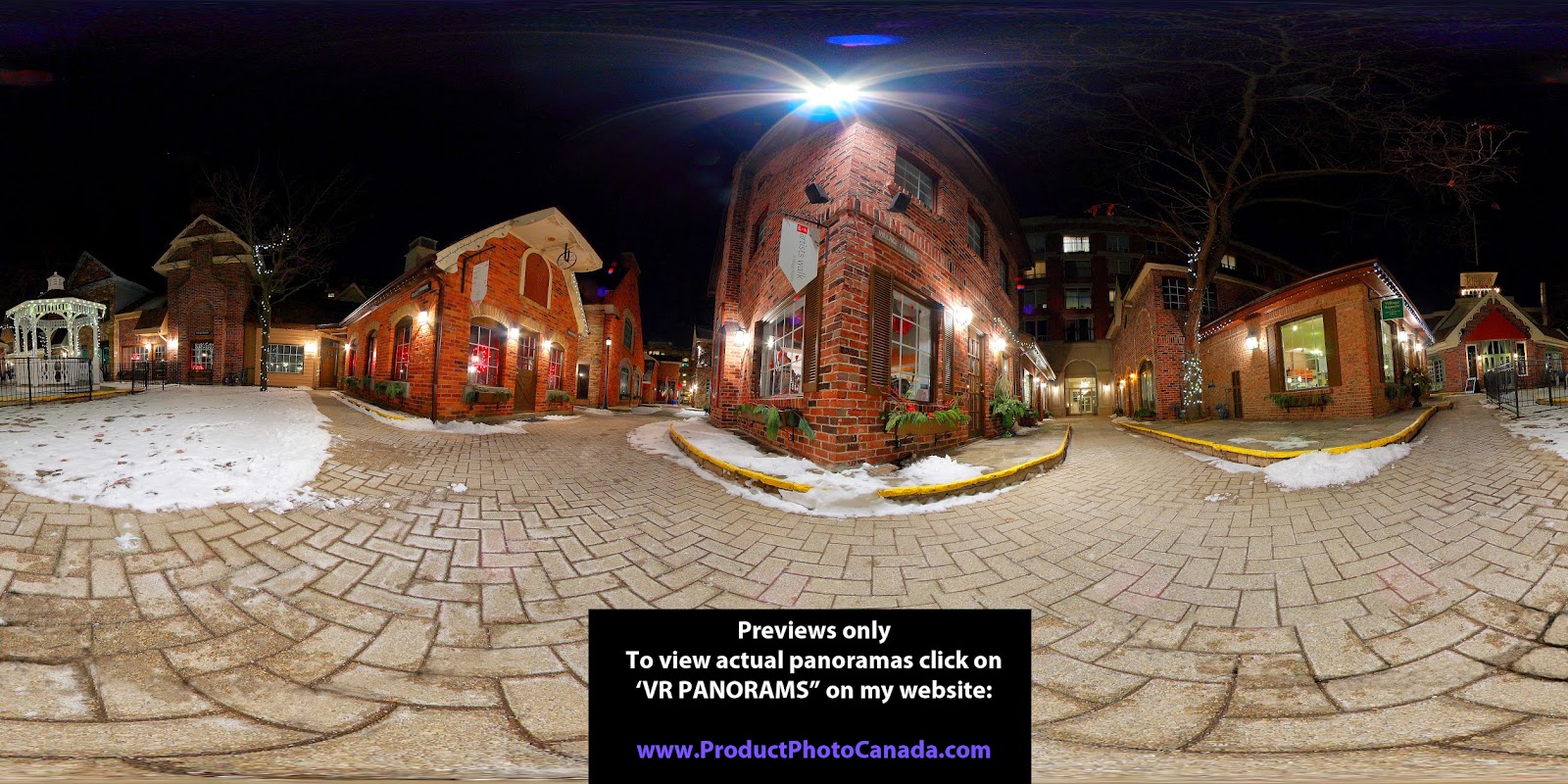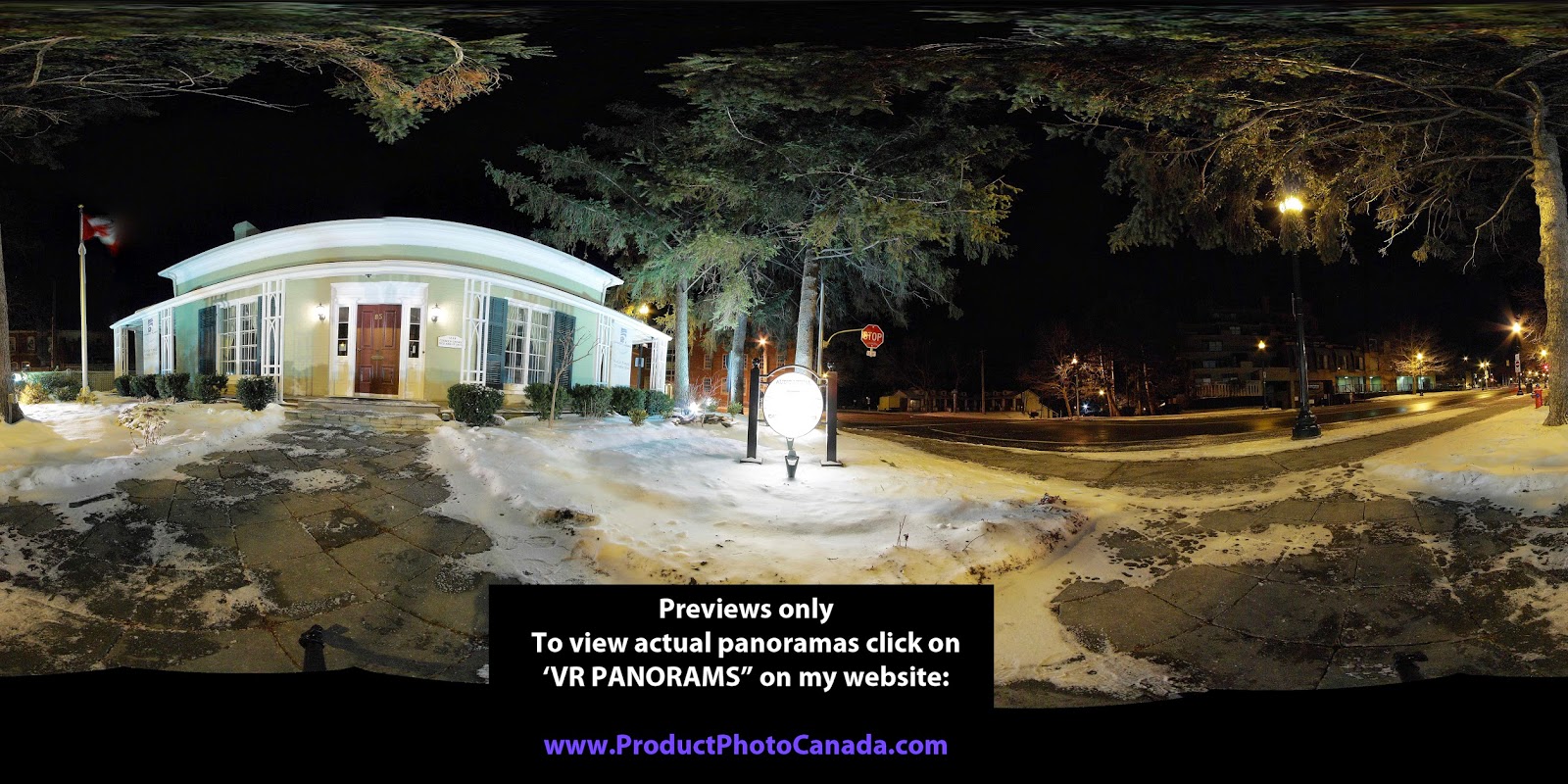When it comes to websites, the phrase “less is more” often becomes the rule of thumb many establishments follow. Fancy scrolling banners, introduction animations, and other flashy extras now are considered unnecessary, since visitors usually don't have the patience for them.
Without these extras, though, how can your website stand out amid competition? Keeping it simple actually doesn't mean you can't add a photograph or two, especially if you're selling something. Item descriptions, after all, aren't the same as having good quality product photography Toronto.
Before you go overboard adding the essential photos to your website, though, here are a few tips to remember.
1. Pick a palette. While choosing a vintage look to the photos is tempting, will the yellow-brown, slightly faded colours fit in with the rest of your website? Or will it stick out like a sore thumb and give visitors a headache?
Full-colour photos are usually the best way to go, with a plain background. That doesn't mean you have to use white (although it's a recommended choice). Less saturated, lighter (i.e. almost white) shades of your company logo's colours are possible alternatives.
2. Hire a professional. If you want high quality photos, you'll need to invest in a photographer. Some companies do the do-it-yourself (DIY) route. But that doesn't mean you should, too, unless you know how to set the scene and have the needed equipment.
While you're at it, make sure you give the photographer all the details they need, particularly for the photo shoot, and be sure to put everything in writing. That way, you're on the same page and there would be less chances of miscommunication.
3. Plan ahead. Having one big photo shoot for multiple products is a good idea, compared to having several separate, smaller ones for each product, since you'll save in the long run. Also, make sure to have extra photos you can use in the future, enough to make your catalogue always look fresh and updated.
Planning ahead includes bringing any props you'll need for the shoot. At the same time, keep props to an absolute minimum, to keep the focus on your products.
You don't actually have to be an advertising photographer Toronto to use these tips well. Simply put yourself in your target audience's shoes and determine what they'd want to see. That way, potential clients are enticed, not put off.
Toronto Product Photography | Product Photo Canada
Sunday, January 11, 2015
Monday, December 15, 2014
3 Essential TRAITS Every Photographer Should Have
Beyond all doubts, we all know that photography is one of today's most admired art. People, whatever the social status could be are easily fascinated by its enchanting realm. Its various purposes along with its tricks and artistic concepts have definitely affected our daily lives.
As a Toronto commercial photographer, I also consider myself as part of the herd of photography fanatics. My undying passion for this art has led me to countless privileges like visiting various places for photography endeavor purposes.
In my recent visit to Europe, I met a photo artist whom I believe is one of the greatest photographers ever existed on the planet! Before I went home, he gave me these 3 tips to become a great photo artist.
1. Infinite Imagination
Perhaps, this one isn't new to you. That's great! However, what you probably don't know is the truth, “Everyone has imagination. Those who excel are the ones who know to use it.”
In your journey to be a great photographer, never be afraid to trust and follow your imagination. Don't let parameters suppress you. If you think your wildest thought is screaming within, unleash it! That's a masterpiece!
2. Creativity! Be Creative!
Think differently. Don't be afraid to experiment and apply new techniques. Ignore the trend and try to change your perspective. However, prepare for the numerous individuals who might criticize your output. Of course, you need them. They're the ones who could identify if you've done something remarkable or not.
Being creative is sometimes a risk. For instance, you're a photographer of a certain advertising firm. Then one occasion, you tried to incorporate new things to your craft. Unfortunately, your superiors didn't like the outcome. Then, you know what happens next.
Remember, art appreciation is subjective. You can't ask a person to like your work. So, if ever someone hates your creations, let it be. It's not the end of the world, right? Just be creative!
3. Undying Perseverance
This will hold everything! Even though you're extremely creative and you have that endless imagination, without the ability to persevere in your endeavor, everything will be useless.
Perseverance is holding on to your goals whatever happens. It's about being patient and dedicated amidst life adversities. If you don't have this attribute, your road to become a successful photographer would be a very dark path.
Ready to become a phenomenal photographer?
As I left the land of Europe, I realized that I have these three attributes. I knew it. Now, I'm ready to be the best advertising photographer Toronto.
Share this article to other aspiring photographers!
As a Toronto commercial photographer, I also consider myself as part of the herd of photography fanatics. My undying passion for this art has led me to countless privileges like visiting various places for photography endeavor purposes.
In my recent visit to Europe, I met a photo artist whom I believe is one of the greatest photographers ever existed on the planet! Before I went home, he gave me these 3 tips to become a great photo artist.
1. Infinite Imagination
Perhaps, this one isn't new to you. That's great! However, what you probably don't know is the truth, “Everyone has imagination. Those who excel are the ones who know to use it.”
In your journey to be a great photographer, never be afraid to trust and follow your imagination. Don't let parameters suppress you. If you think your wildest thought is screaming within, unleash it! That's a masterpiece!
2. Creativity! Be Creative!
Think differently. Don't be afraid to experiment and apply new techniques. Ignore the trend and try to change your perspective. However, prepare for the numerous individuals who might criticize your output. Of course, you need them. They're the ones who could identify if you've done something remarkable or not.
Being creative is sometimes a risk. For instance, you're a photographer of a certain advertising firm. Then one occasion, you tried to incorporate new things to your craft. Unfortunately, your superiors didn't like the outcome. Then, you know what happens next.
Remember, art appreciation is subjective. You can't ask a person to like your work. So, if ever someone hates your creations, let it be. It's not the end of the world, right? Just be creative!
3. Undying Perseverance
This will hold everything! Even though you're extremely creative and you have that endless imagination, without the ability to persevere in your endeavor, everything will be useless.
Perseverance is holding on to your goals whatever happens. It's about being patient and dedicated amidst life adversities. If you don't have this attribute, your road to become a successful photographer would be a very dark path.
Ready to become a phenomenal photographer?
As I left the land of Europe, I realized that I have these three attributes. I knew it. Now, I'm ready to be the best advertising photographer Toronto.
Share this article to other aspiring photographers!
Monday, December 8, 2014
Toronto Product Photography | Learning Photography Basics
Technically, a photographer is a person who takes “shots of images”. The word comes from the combination of the Greek words 'phos' which means 'light' and graphê which means 'drawing or writing.' Together, it means drawing with light.
Amateur Vs. Professional Photography
You may have heard the words 'amateur and 'professional' photography Toronto. So, what's the difference? Basically, amateurs in this particular field are engaged mostly in shooting a wide range of images for the following reasons:
For personal pleasure like in a hobby; and
To record an event, emotion, place, and so on, without monetary motivation.
A professional photographer may also engage in said activities above, but, their practice of profession involves making money. Mainly, they generate profit by displaying, selling or making use of pictures.
Secondly, there are times when an amateur photographer gets considerable sums like when he emerges the winner in some art or photography competition, and gets the prize money. On the other hand, an individual can be considered professional by his academic study in pursuit of his photographic skills.
However, there are no hard and fast rules in photography, whether you're doing it professionally or amateurishly, or making money out of it or not. Because, anyone can really enjoy it as a hobby and at the same time, generate profits if he wishes. So, if you're interested to turn your creative talent into a money-making venture, professional photography is an excellent career choice.
Professional Photography As A Career
It doesn't require a college degree, even age. As long as you have a good eye, the right camera and other basic tools, and with basic knowledge, you can find fulfillment in this endeavor. As this field is highly competitive, the best thing to do is to start small. Sharpen your skills and eventually build a portfolio of your best shots.
Another is to educate yourself to become a Toronto commercial photographer by reading books, magazines, and online resources about the latest tricks and tips. Here, you'll be learning about the new ways of using the cam and lenses that enables you to come up with fantastic results.
Amateur Vs. Professional Photography
You may have heard the words 'amateur and 'professional' photography Toronto. So, what's the difference? Basically, amateurs in this particular field are engaged mostly in shooting a wide range of images for the following reasons:
For personal pleasure like in a hobby; and
To record an event, emotion, place, and so on, without monetary motivation.
A professional photographer may also engage in said activities above, but, their practice of profession involves making money. Mainly, they generate profit by displaying, selling or making use of pictures.
Secondly, there are times when an amateur photographer gets considerable sums like when he emerges the winner in some art or photography competition, and gets the prize money. On the other hand, an individual can be considered professional by his academic study in pursuit of his photographic skills.
However, there are no hard and fast rules in photography, whether you're doing it professionally or amateurishly, or making money out of it or not. Because, anyone can really enjoy it as a hobby and at the same time, generate profits if he wishes. So, if you're interested to turn your creative talent into a money-making venture, professional photography is an excellent career choice.
Professional Photography As A Career
It doesn't require a college degree, even age. As long as you have a good eye, the right camera and other basic tools, and with basic knowledge, you can find fulfillment in this endeavor. As this field is highly competitive, the best thing to do is to start small. Sharpen your skills and eventually build a portfolio of your best shots.
Another is to educate yourself to become a Toronto commercial photographer by reading books, magazines, and online resources about the latest tricks and tips. Here, you'll be learning about the new ways of using the cam and lenses that enables you to come up with fantastic results.
Monday, November 24, 2014
Top 5 Toronto Tourist Spots
Travelling is a good stress reliever for some people. There are those who plan extensively before actually jetting off for the week, while others suddenly book a flight to a country or city chosen at random. There's just something about being in a different place that appeals to everyone's inner wanderer.
Nowadays, you're able to browse the internet for photos or videos on a different travel destinations, but there's still nothing like seeing the real thing for yourself. The same can be said of Toronto, Canada. With everything there is to see and do, a Toronto commercial photographer can't always do justice in capturing the entire feel of one tourist spot or another.
So when you do go to Canada's most populous city, what are the places that should be on your itinerary?
1. CN Tower. It may have lost its title as the tallest free-standing structure, but this tower hasn't seen a decrease in the number of visitors to its viewing area or top-floor restaurant. This is the perfect spot for those who want to feel the thrill of looking through a glass floor.
2. Royal Ontario Museum. Also known as the ROM, this building houses more than 40 galleries of art, archaeology, and natural sciences. The diversity of the collections feature Chinese artefacts, a totem pole, and interactive exhibits to delight scores of people. The jagged glass exterior? You'll either hate it or love it.
3. Centre Island. One of a series of small islands comprising the biggest car-free community in North America, Centre Island has restaurants, a yacht club, and several restaurants. You're sure to find lakeside relaxation when you go here to escape busy downtown Toronto.
4. Eaton Centre. Found in the heart of downtown Toronto, this shopping mall houses more than 200 stores. Along with the CN Tower, it's one of the biggest tourist draws in the city. There's even a huge mobile of Canadian Geese, adding to the architectural interest of this spot.
5. Casa Loma. This “House on the Hill”, built by businessman Sir Henry Pellatt, is sure to be a hit with architecture or history buffs. Even with today's professional photography Toronto, it's hard to completely capture the charm and feel of this old brick building.
Nowadays, you're able to browse the internet for photos or videos on a different travel destinations, but there's still nothing like seeing the real thing for yourself. The same can be said of Toronto, Canada. With everything there is to see and do, a Toronto commercial photographer can't always do justice in capturing the entire feel of one tourist spot or another.
So when you do go to Canada's most populous city, what are the places that should be on your itinerary?
1. CN Tower. It may have lost its title as the tallest free-standing structure, but this tower hasn't seen a decrease in the number of visitors to its viewing area or top-floor restaurant. This is the perfect spot for those who want to feel the thrill of looking through a glass floor.
2. Royal Ontario Museum. Also known as the ROM, this building houses more than 40 galleries of art, archaeology, and natural sciences. The diversity of the collections feature Chinese artefacts, a totem pole, and interactive exhibits to delight scores of people. The jagged glass exterior? You'll either hate it or love it.
3. Centre Island. One of a series of small islands comprising the biggest car-free community in North America, Centre Island has restaurants, a yacht club, and several restaurants. You're sure to find lakeside relaxation when you go here to escape busy downtown Toronto.
4. Eaton Centre. Found in the heart of downtown Toronto, this shopping mall houses more than 200 stores. Along with the CN Tower, it's one of the biggest tourist draws in the city. There's even a huge mobile of Canadian Geese, adding to the architectural interest of this spot.
5. Casa Loma. This “House on the Hill”, built by businessman Sir Henry Pellatt, is sure to be a hit with architecture or history buffs. Even with today's professional photography Toronto, it's hard to completely capture the charm and feel of this old brick building.
Monday, November 10, 2014
Basic Photography Money Saving Tips
The
way you present your goods on the Internet can make or break your
business. Your approach can significantly impact your sales. If your
prospective customers find your shots amateurish, chances are, they
will quickly flee as fast as they clicked on your page. You will
never earn their trust.
These
days, you won't have to shell out so much just to come up with
vibrant productphotography Toronto.
With diligent research, you'll encounter experts giving away their
most kept secrets about digital image capturing. You'll be surprised
that once learned, this will surely instill customers' faith in your
online store and give you results.
Different
professionals, different mind views. Yet, majority of them agree on
the common factors mentioned below.
Basic
and Vital Tips In Saving Money On Product Photography
Aside
from saving on costs, these tips promises to enhance the appearance
of your online store and improve your performance:
1.
Not just any camera
If
you're serious in this business, your number one tool is your camera.
Invest in the modern Digital Single-Lens Reflex (DSLR) model as well
as in decent lenses.
A
50mm lens would do for mid-range and portrait work. However, a 105mm
lens although a bit pricey, is more effective for close-up work and
jewelry product photography. Additionally, pick a device that can
capture video.
With
a DSLR cam, high quality product photos are guaranteed. However, the
emergence of smartphones brought dramatic changes to the industry.
Anyone with an iPhone 5 can already produce professional grade shots
due to the 8-megapixel sensor. Make sure you have the proper setup
for good results. Explore your smartphone before you finally decide
to buy a higher-end camera.
2.
Good lighting
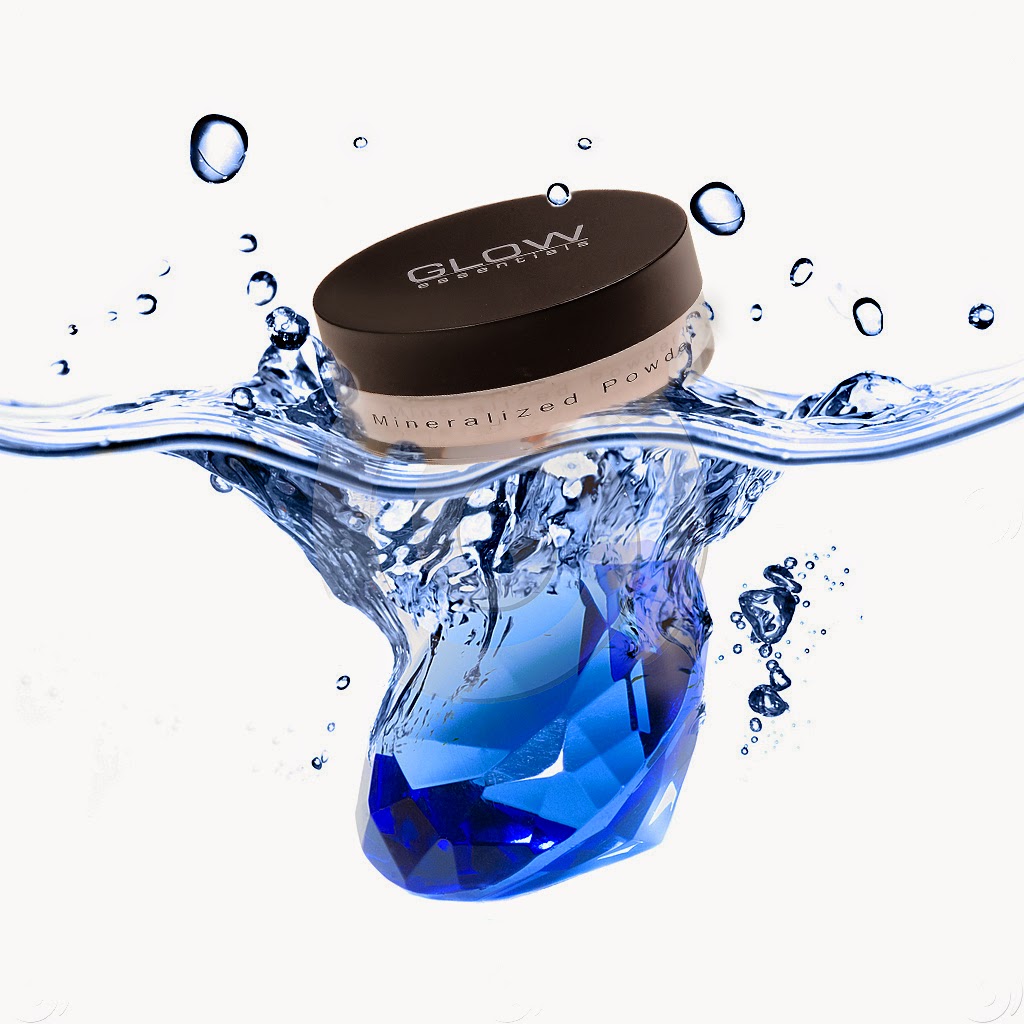
After
the camera comes the lights. No other good source could there be but
sunlight. Yet, the sun doesn't shine all the time, therefore, you
need to purchase some good lighting system.
There
are photography lighting kits that already include tripods and
attachable diffuser squares, aside from the lights. Take note that
lights should operate in continuous mode as opposed to the flash.
This adds depth to still pictures.
Learn
more from the experts like any Vancouver or Torontocommercial photographer.
Do your due diligence. Make photos as if you have spent a great deal
of money on them! People won't really
know you did them all yourself.
Thursday, November 6, 2014
Photography Secrets in Achieving Professional–Looking Images

Photography probably has the most number of growing enthusiasts for this generation. It's all due to the way technology has granted everybody the luxury to play with it. If you want the semi–professional output, you could get yourself a half–framed DSLR. If you wish to have quick, easy and high quality outputs, you could get yourself a dedicated point–and–shoot camera or a GoPro. Basically, the art of digital imagery is now handed freely (with a reasonable monetary compensation) to everybody.
Coming to such amazing advancement, some photographic skills still need some improvement. You could have the most extensive DSLR in the world. But if you don't know the right framing, your ownership is futile. Your photos wouldn't come off as you desire them to be. Framing means everything in image – capturing, whether it is for casual or commercial photography, (Toronto is one of the countries that fervently observe proper framing, FYI) and it's essential that you understand the basics of it.
The Imaginary Wide Line

When you come across an astounding wide view of a place (mountain ranges, city scape, vast coastline), do your best in defining a straight horizontal line. It can be imaginably placed in the middle or the bottom part of your picture.

If the view finder of your camera has grid lines, follow it. Do so, and you will get a really good shot of the scene's panoramic splendor. Also, include as much space as you can into it. The more you're able to capture, the better your picture will be.
The Highlighted Subjects
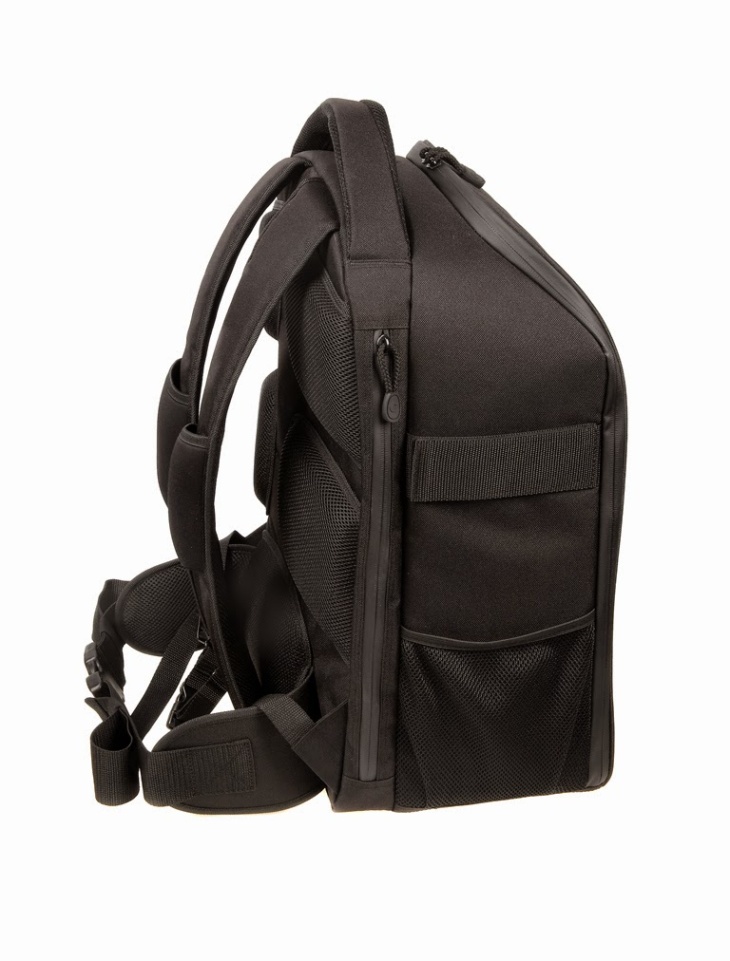
The Accentuated Focus
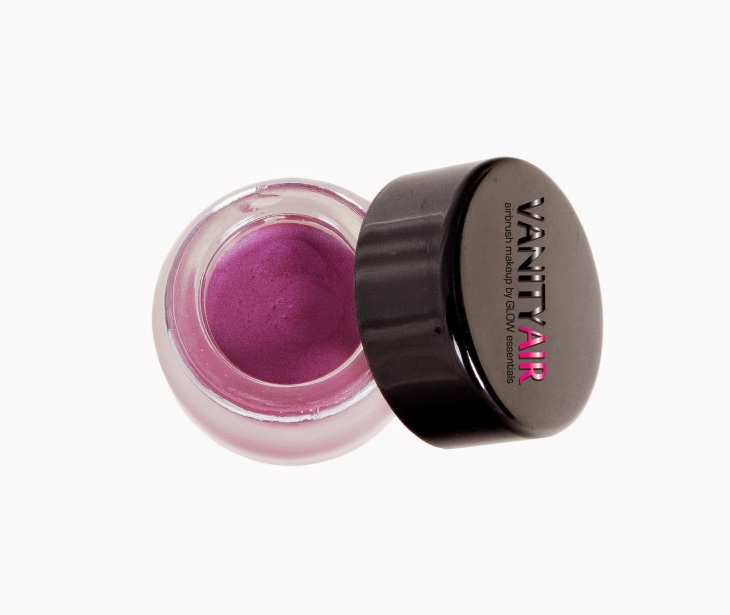
When it comes to Professional photography Toronto, they always take great measure in assuring the focus of their subjects. Most cameras these days have built in focus but did you know that half–pressing the shutter button of the camera actually lets you take hold of the focus better? Try to do that, don't press the shutter button all the way. Once you're able to master this, the focus of your camera should be fervently intact.
Wednesday, October 29, 2014
The Difference Between Advertising Photography And Commercial Photography
A commercial photographer can be an advertising photographer and an advertising photographer can be a commercial photographer, but they are not synonymous. And as nonsensical as this sounds, it's true. They can be both, they can be either or, but they cannot be interchanged.
Generally speaking, commercial photography is a specialized branch of advertising photography, while advertising covers a broader range of product promotion. Most photographers take the difference very seriously. If you were to ask a Toronto commercial photographer for advertising photography, he might end up referring you to someone else.
Or he'd be insulted.
To avoid blunders like this, allow me to break down the difference.

COMMERCIAL PHOTOGRAPHY – IT'S ALL ABOUT THE PRODUCT
This subheading summarized commercial photography perfectly. Commercial photographers take pictures of buildings, models, merchandise, artifacts, and the like, usually with promotional intentions.
However, with commercial photography, it is all about the product. The entire photo shoot is devoted to the merchandise being captured. The lighting, styling, background, and editing are all arranged in a way to really make the product stand out.
ADVERTISING PHOTOGRAPHY – IT'S ALL ABOUT PROMOTION

Commercial photography falls under advertising photography, mainly because it uses a narrower array of techniques than those in advertising. In advertising photography, the product is still emphasized (since that's what has to be sold). However, the advertising photographer also has to sell concepts, ideas, and lifestyles.
To put it in simpler terms, the advertising photographer has creative freedom to interpret and decide how certain merchandise, people, and services can be sold. While commercial photographers find new ways to make a product stand out, advertising photographers find ways to integrate that product in an average person's lifestyle. He has to find ways to make the product sell.
As of 2011, an estimated 80% of all advertising campaigns use pictures. The advertising industry itself may be dying out (according to some), but it looks like the need for quality pictures and photographs are higher than ever. This digital age relies heavily on imagery. So the next time you're looking for an advertising photographer Toronto has several excellent ones. Don't just go to your neighborhood commercial photographer and assume he/she can do it.
Subscribe to:
Comments (Atom)











